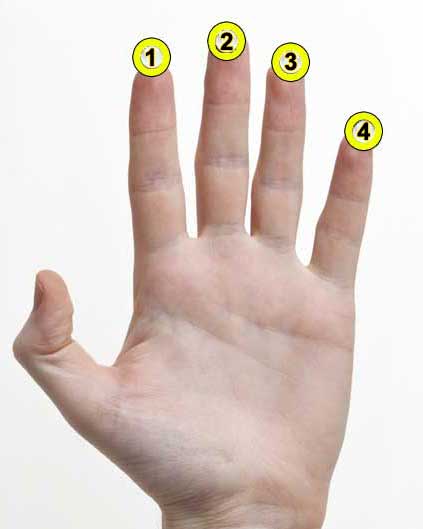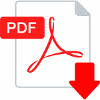Emaj7(#5) Guitar Chord | How To Create and Play the E Major Seventh Sharp Fifth chord

Welcome to our tutorial on the E maj7(#5) chord. This chord, as the name suggests, is a Major Seventh chord with a raised fifth. It belongs to the family of Augmented Chords, and it's composed of the notes E, G#, B#, and D#. The intervals that build this chord are 1 (Root), 3 (Major Third), #5 (Augmented Fifth), and 7 (Major Seventh).
Understanding the intervals that compose a chord is crucial to mastering it. If you're not familiar with these terms, you might want to check out this tutorial about fretboard intervals and this tutorial on how to denote chords depending on the intervals that compose it.
Playing the E maj7(#5) chord can be a bit challenging, especially if you're just starting out. But don't worry, we've got you covered. In this tutorial, we will provide chord diagrams and fretboard patterns showing the tones composing the chord, making it easier for you to learn and play this chord.
This chord is often used in jazz music, as part of complex chord progressions. If you're interested in jazz music, you might find this tutorial about jazz chord progression useful. It often employs maj7, m7, and 7 chord types, including our E maj7(#5).
Lastly, if you're curious about how to build chords by stacking intervals, we recommend checking out this tutorial that teaches how to build chords by stacking intervals. This will give you a deeper understanding of how chords like the E maj7(#5) are formed.
E maj7(#5) chord Notes:
Chord Structure:
How To Play The Emaj7(#5) chord on guitar
No guitar diagrams created yet for this chord. Request one here
Play This Chord With Other Roots
C maj7(#5) | D maj7(#5) | E maj7(#5) | F maj7(#5) | G maj7(#5) | A maj7(#5) | B maj7(#5) | C#maj7(#5) | D#maj7(#5) | F#maj7(#5) | G#maj7(#5) | A#maj7(#5) | Abmaj7(#5) | Bbmaj7(#5) | Dbmaj7(#5) | Ebmaj7(#5) | Gbmaj7(#5)
 Download
the Free Guitar Chords Chart Pdf
Download
the Free Guitar Chords Chart Pdf